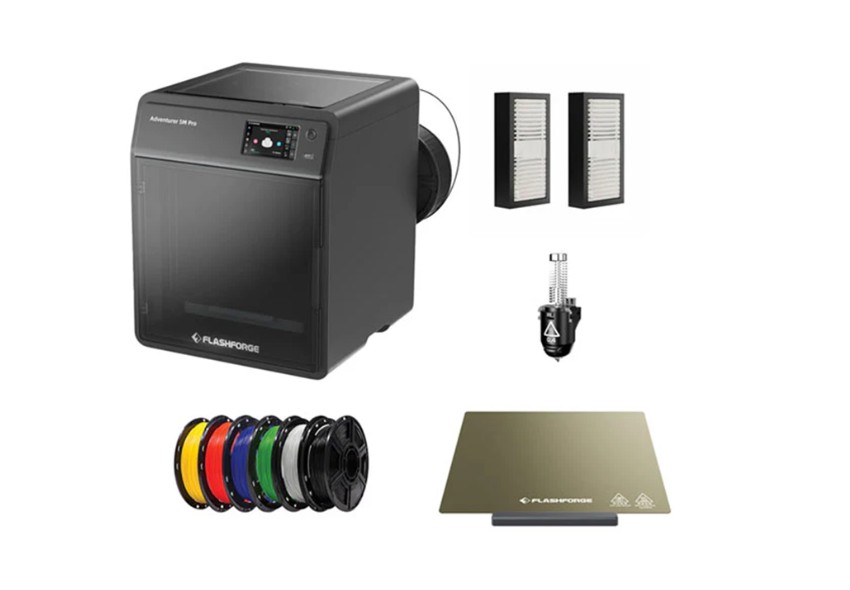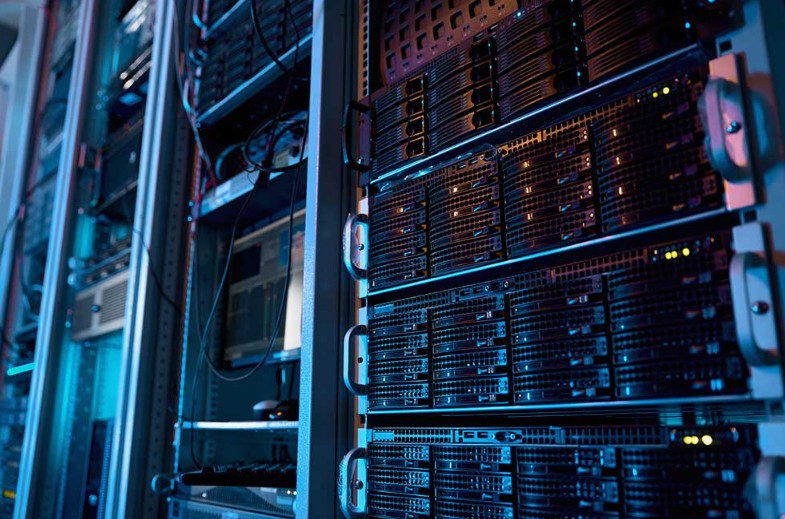Digital sustainability: Creating a new digital world with green technology innovations

When it comes to sustainability, many of us first think about key issues such as the importance of carbon emissions, switching to renewable energy and cutting back on wasteful products such as plastic. These concepts are more popular and well-known when we think about ways to address concerns with our environment. And, there are of course alternative solutions and methods available such as walking and cycling more, switching to energy-efficient lighting or opting for electric/hybrid cars or solar panels. While these should absolutely remain top of the agenda, it is important to also consider the role of a more sustainable internet and underlying communication network.
Our reliance on a more digital world, and continued bandwidth growth are key indicators that networks are increasingly important in everything we do. From basic communication to remote work and healthcare or online shopping, the internet and the underlying telecom network can help enable a more sustainable future. In addition, as more people opt for digital ways to live and work, it is critical to think about the impact this has and how we can make networks more sustainable with the demand for more improved services and accelerated speeds. The good news is that this is possible thanks to the continued technology advancements and new innovations that push the boundaries of physics and improve the efficiency or our networks, forging a path for a green networking approach. The role of our digital world
At a time of exploding network traffic and service expansion, our greatest impact on the environment is through our technology innovation, which continually enables both consumers and organizations to do more with less. From a telecom networking perspective, this means less power, less space and less cost.
Connectivity as an opportunity
The internet can enable almost anything at the touch of a button, and it can significantly help reduce our impact on the environment. Some examples include the use of IoT sensors, smart applications, energy-saving devices and even remote work. In fact, recent research has shown that 65 percent of consumers are ready to embrace the internet as a way to reduce their carbon footprint. As part of this, interestingly over 1 in 5 are even willing to do more virtual healthcare appointments. All of this means we want more digital ways of doing things, reducing our impact on the environment and creating a more sustainable life.
It wasn’t that long ago that the only things at the edge of the network in the average home were a client email and a web browser. Today, the average home, in terms of connectivity and the complexity of that connectivity, has more in common with a small business. It is clear that the way we want to live, and work is changing.
Connectivity has ultimately enhanced our lives and it gives us the opportunity to create a more energy-efficient world. However, it is important that we don’t negate the potential impact it can have. Whether we are simply sending an email or streaming a movie, all of this requires processing power, and data needs to travel across the network from a data center and back to reach the end-user – all of which uses energy. Therefore, as an industry, we continue to create and invest in sustainable networks and innovations – unleashing the true potential of a more sustainable and connected world.
Achieving a greener approach
One of the challenges facing the industry at the moment is that simply building additional networks to cope with the surging bandwidth demands is not a more sustainable or viable option. Thankfully, new coherent technology innovations are available to help network providers offer higher speeds, support unpredictable traffic and do more with less– less power, space and cost.
In fact, the incredible advancements in coherent optical technology over the past decade have paved the way for more efficient transfer of high bandwidth applications and services, network cost reduction, and scalability. Without these innovations, we would not be living in this always-on, digital world we enjoy today, where we can communicate and access any content we want, from virtually any location.
Coherent optical innovations have also been the answer to meeting the continual and significant reduction in network footprint and power consumption – which is required to support our digital lifestyle, putting in place the foundation to create greener networks. As an example, we have seen coherent technology innovations enable network providers to reduce their power consumption per bit by more than 90 percent over the last 10 years.
As we continue to see new digital services and applications come to market, the need to capitalize on these benefits will become crucial for network providers looking to adopt a more sustainable approach. These innovations will also enable network operators to increase profitability, save costs on building more networks and still offer unwavering performance.
In addition, the emergence of disaggregated solutions also presents a valuable tool in enabling network providers to optimize their footprint and improve the customer experience. These technologies drive service and network convergence to enable a reduction in power, space and complexity. As an example, network operators need more choices and the freedom to adapt and grow their networks in the most sustainable way without being tied into a specific platform, company or product. Disaggregated solutions make this possible.
Getting networks ready for the future
As an industry, we are seeing more awareness around this, with a need to drive more energy-efficient networking and pushing the limits on what technology can do. The networking space has significantly evolved, particularly over the last decade, to achieve this. In addition, these innovations don’t just mean delivering higher capacities to meet critical connectivity demands, it also means investing in the right resources to drive innovation for new efficiencies that will enable greener networks. Having a more sustainable approach will allow network providers to see greater return on investment and continued improved customer experience in the future.
With the advances in technology, we are now at the stage where network providers can scale their infrastructures to support the exponential capacity increases that we are seeing, while at the same time, keeping power and energy consumption in check. Networks play a critical role in our sustainable journey, and as data and demand increases, a more sustainable approach needs to be front of mind to make sure we don’t negate the positive impact that connectivity can bring.
Jürgen Hatheier








